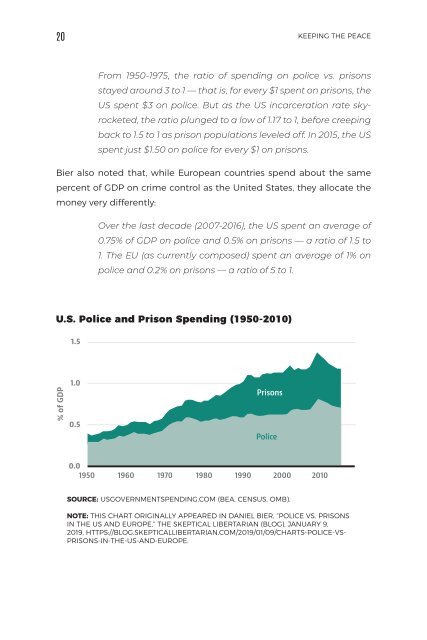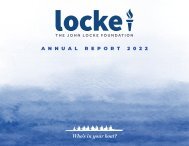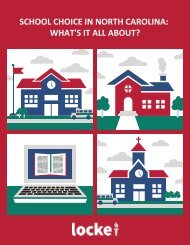Keeping the Peace Through Intensive Community Policing
As crime soars and the breakdown of public order takes its toll on our country, analysis from the John Locke Foundation signals it’s time to adopt a different approach to crime control, one that shifts the focus further upstream, looking at prevention models, rather than exclusively on punitive measures. In this July 2021 report, John Locke Foundation researcher and author Jon Guze explains that the current focus of catching, convicting, and punishing perpetrators after crimes have been committed has come with enormous economic and social costs. However, intensive community policing has proven successful at deterring crime and maintaining order, which leads to safer communities and fewer people living in poverty. Guze recommends a four-pronged plan to move forward with community policing: (1) hire more police officers (2) increase the pay for police officers (3) arm police officers with state-of-the-art training, direction, and support (4) deploy police officers as “peacekeepers” in communities that suffer most from crime and disorder.
As crime soars and the breakdown of public order takes its toll on our country, analysis from the John Locke Foundation signals it’s time to adopt a different approach to crime control, one that shifts the focus further upstream, looking at prevention models, rather than exclusively on punitive measures. In this July 2021 report, John Locke Foundation researcher and author Jon Guze explains that the current focus of catching, convicting, and punishing perpetrators after crimes have been committed has come with enormous economic and social costs.
However, intensive community policing has proven successful at deterring crime and maintaining order, which leads to safer communities and fewer people living in poverty. Guze recommends a four-pronged plan to move forward with community policing:
(1) hire more police officers
(2) increase the pay for police officers
(3) arm police officers with state-of-the-art training, direction, and support
(4) deploy police officers as “peacekeepers” in communities that suffer most from crime and disorder.
Create successful ePaper yourself
Turn your PDF publications into a flip-book with our unique Google optimized e-Paper software.
20 KEEPING THE PEACE<br />
From 1950-1975, <strong>the</strong> ratio of spending on police vs. prisons<br />
stayed around 3 to 1 — that is, for every $1 spent on prisons, <strong>the</strong><br />
US spent $3 on police. But as <strong>the</strong> US incarceration rate skyrocketed,<br />
<strong>the</strong> ratio plunged to a low of 1.17 to 1, before creeping<br />
back to 1.5 to 1 as prison populations leveled off. In 2015, <strong>the</strong> US<br />
spent just $1.50 on police for every $1 on prisons.<br />
Bier also noted that, while European countries spend about <strong>the</strong> same<br />
percent of GDP on crime control as <strong>the</strong> United States, <strong>the</strong>y allocate <strong>the</strong><br />
money very differently:<br />
Over <strong>the</strong> last decade (2007-2016), <strong>the</strong> US spent an average of<br />
0.75% of GDP on police and 0.5% on prisons — a ratio of 1.5 to<br />
1. The EU (as currently composed) spent an average of 1% on<br />
police and 0.2% on prisons — a ratio of 5 to 1.<br />
U.S. Police and Prison Spending (1950-2010)<br />
1.5<br />
% of GDP<br />
1.0<br />
0.5<br />
Prisons<br />
Police<br />
0.0<br />
1950 1960 1970 1980 1990 2000 2010<br />
SOURCE: USGOVERNMENTSPENDING.COM (BEA, CENSUS, OMB).<br />
NOTE: THIS CHART ORIGINALLY APPEARED IN DANIEL BIER, “POLICE VS. PRISONS<br />
IN THE US AND EUROPE,” THE SKEPTICAL LIBERTARIAN (BLOG), JANUARY 9,<br />
2019, HTTPS://BLOG.SKEPTICALLIBERTARIAN.COM/2019/01/09/CHARTS-POLICE-VS-<br />
PRISONS-IN-THE-US-AND-EUROPE.











